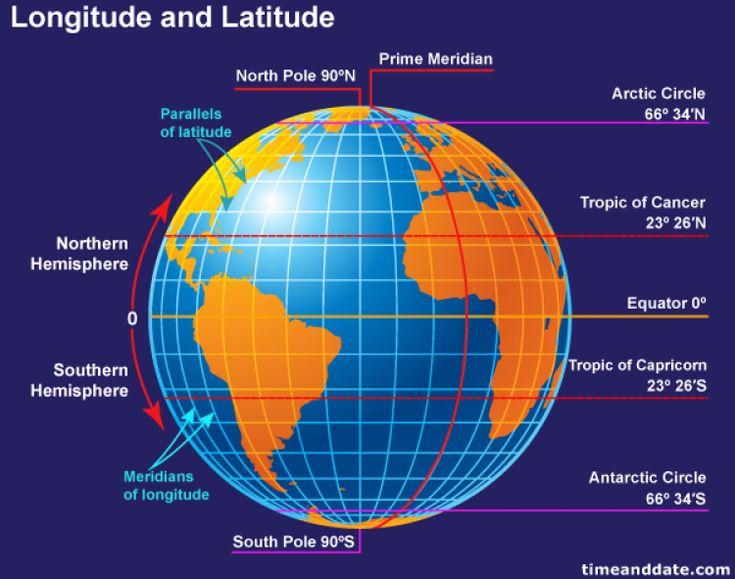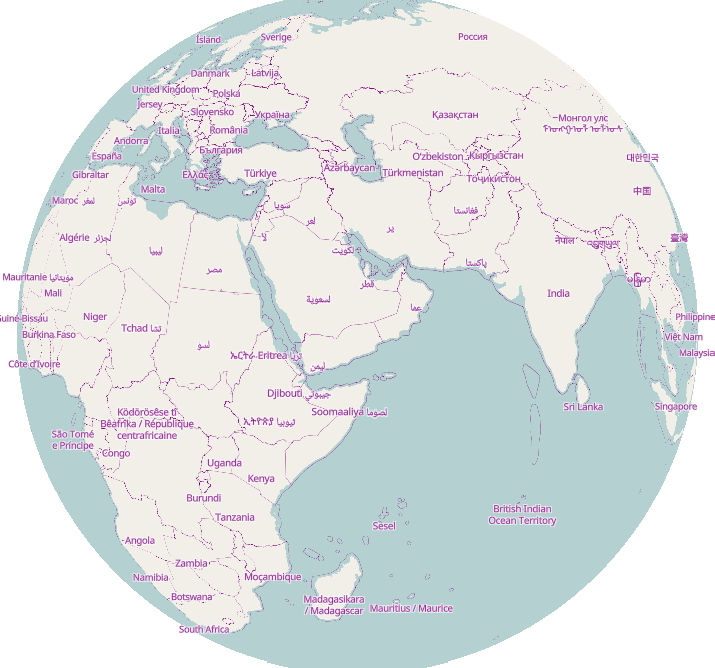Mały wąwóz
( kilka - kilkadziesiąt metrów, bez wody / PL: 1-2.5 m szer. i mniej)) osm.wiki/Pl:Tag:natural%3Dgully
Żleb
Dolina
- głównie do oznaczenia nazwy osm.wiki/Pl:Tag:natural%3Dvalley
Skarpa
- uskok skalny natural=earth_bank + earth_bank=scarp
Strome, trawiaste zbocze natural=earth_bank + earth_bank=grassy_steep_slope






